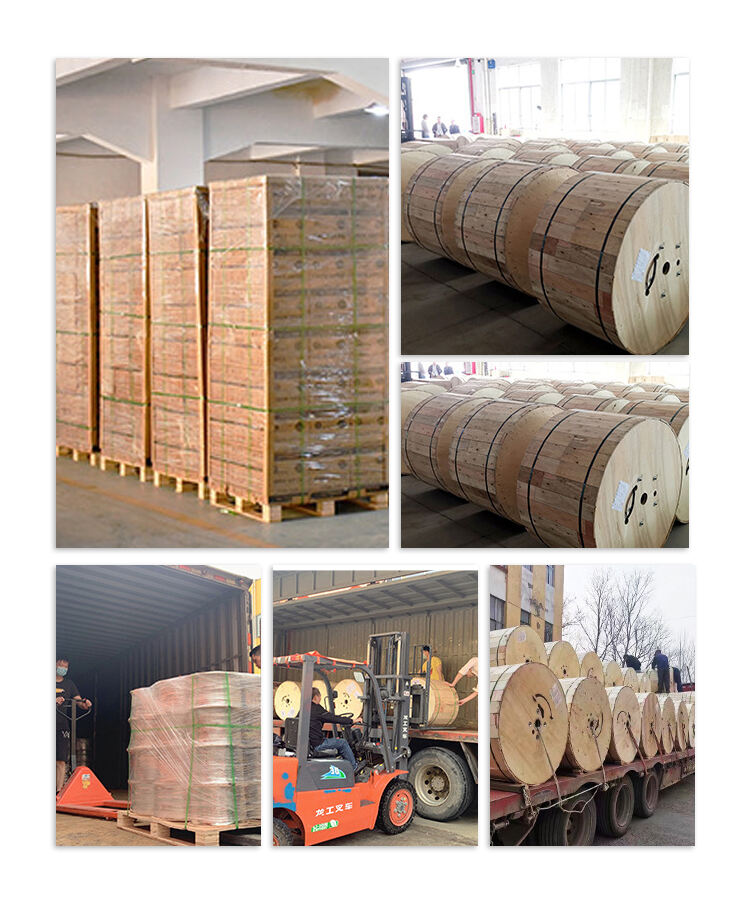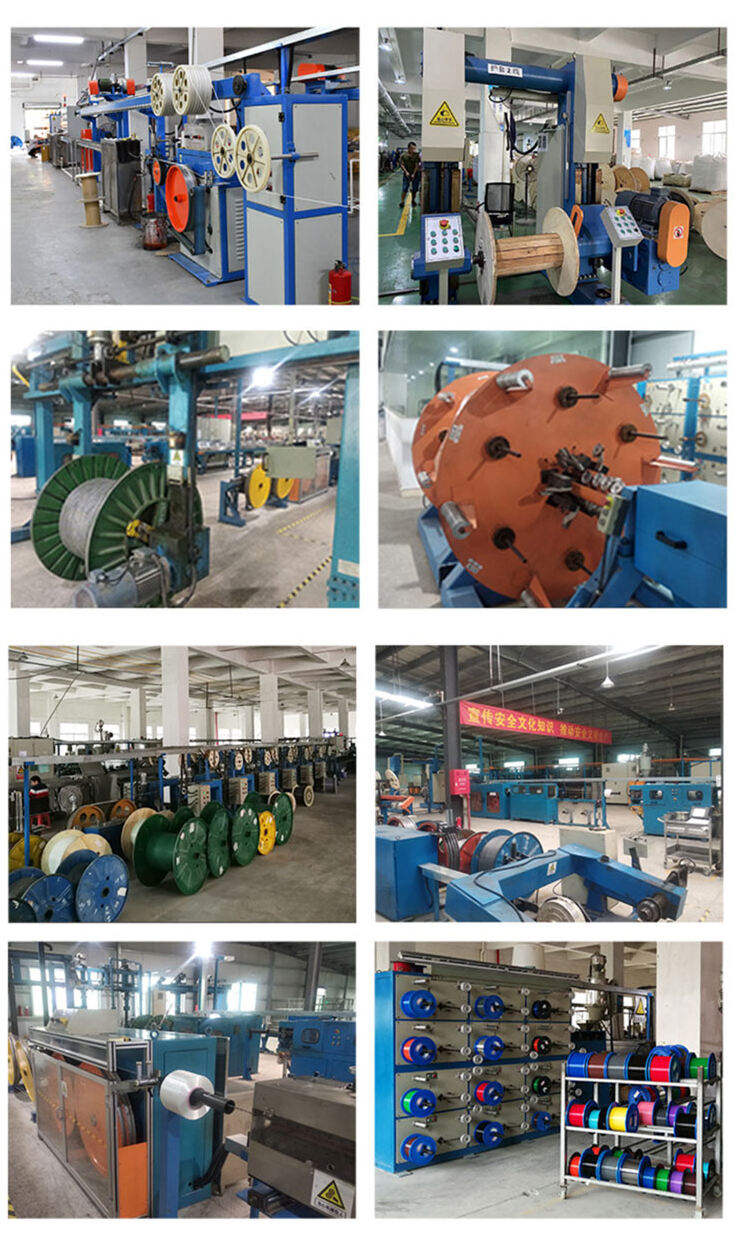
ADSS stands for All Dielectric Self Supporting and refers to ADSS fiber optic cables which are self supporting. These cables do not contain any metal components as they are made entirely from dielectric materials. This allows them to be installed in areas where there is a risk of electric conductivity, such as areas near high voltage power cables. ADSS cables are used for long distance fiber optic transmission in telecommunication networks. Since they can be suspended between utility poles or towers, they offer an economical solution for deployment in regions where the aerial or underground installation of fiber optic cables is expensive or difficult
